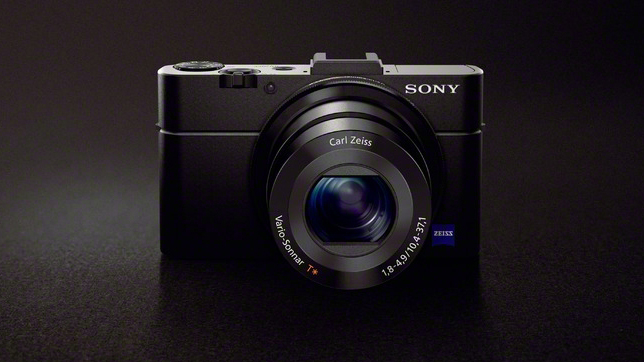Why you can trust TechRadar
We were extremely impressed with the performance of last year's Sony RX100, so when we heard about the new specifications for the Sony RX100 Mark II, we were pretty excited to put it to the test.
The new backlit sensor promised to deliver better images in low light, while we were already pretty confident that the level of detail and colour would be good. Happily, we have not been disappointed by what the camera can achieve.
Like its predecessor, colours are bright and punchy without being excessively saturated, while detail from the 20.2 million-pixel sensor is fantastic. There's little evidence of image smoothing, especially at lower sensitivities, even when zooming in to 100%. While noise creeps in - as you'd expect - from mid-range sensitivities, detail is still maintained impressively.
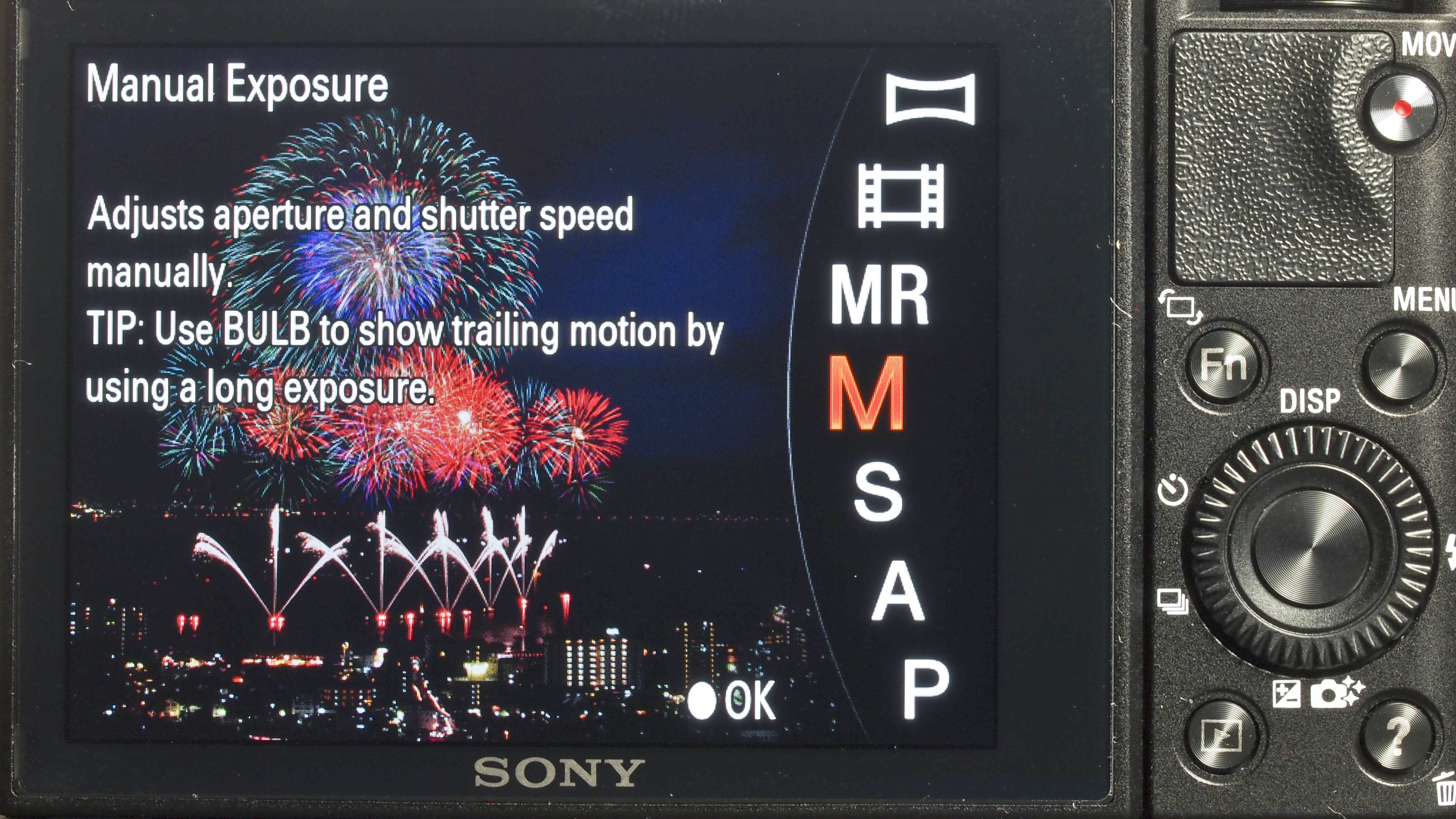
The automatic white balance system does a great job of reproducing accurate colours, even in situations where the light is mixed. Under artificial lighting, the Sony RX100 Mark II errs slightly towards warmer tones, but you can change to a more appropriate white balance setting if it's proving problematic.
Similarly, general purpose metering performs well in the majority of situations, to provide well balance exposures. It is helped by Dynamic Range Optimiser, something that was originally found on Sony's range of DSLTs but was also included on the Sony RX100 last year. It works by analysing a scene for areas of dark and light and adjusting the exposure accordingly.
On the Sony RX100 Mark II, as with its predecessor, this works well on automatic mode to produce natural-looking images that contain plenty of detail in the shadows, without burning out the highlights in brighter areas. You can opt to switch off this mode altogether, or choose from Levels 1-5 (or use automatic). We'd generally recommend leaving it on automatic for the majority of conditions.
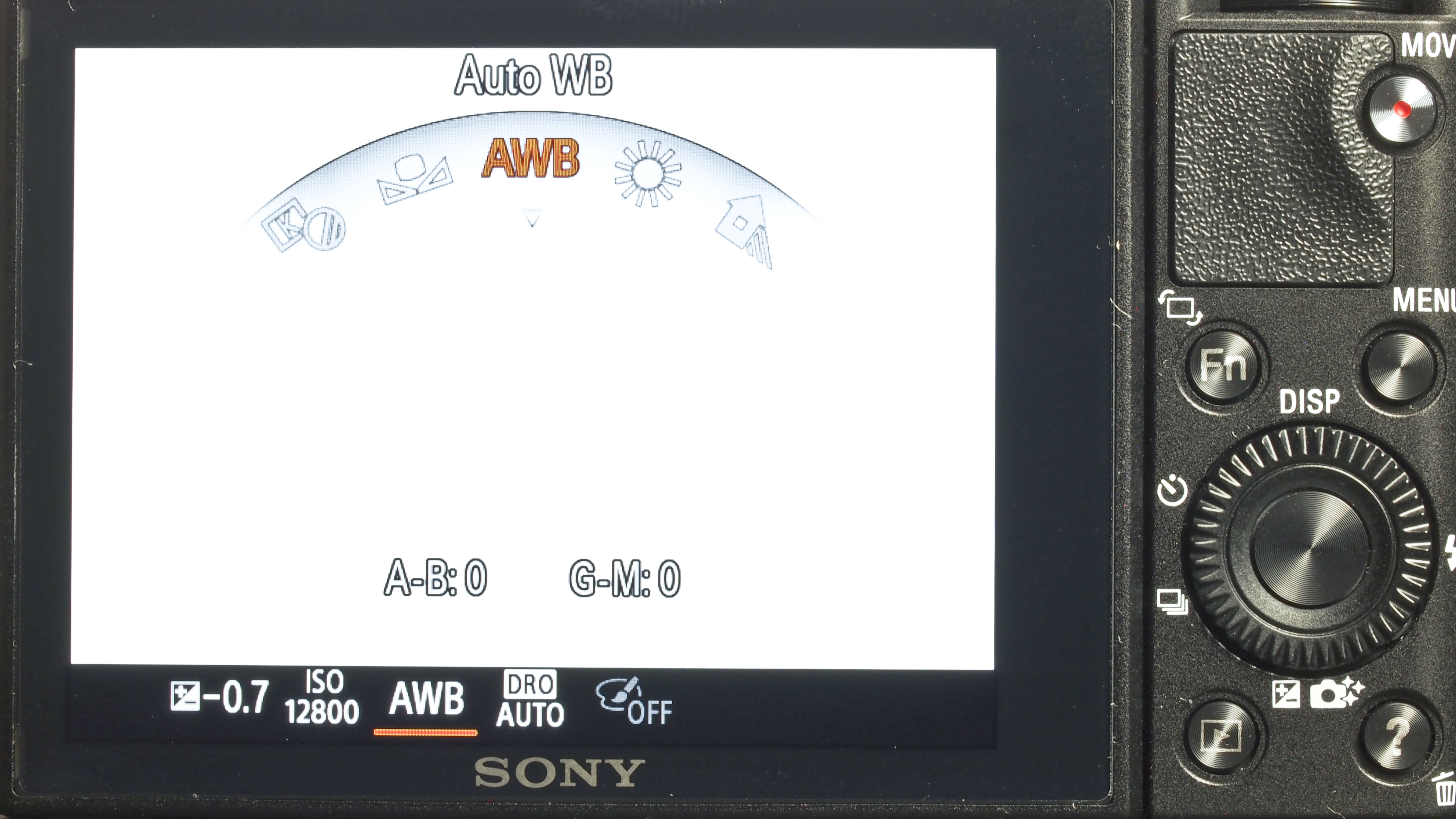
Because the Sony RX100 Mark II has a larger than average (1-inch type) sensor and a lens with a maximum aperture of f/1.8, you can get really creative with shallow depth of field effects. The drop off in focus is very pleasing, with out of focus areas rendered nicely. It would have been nice if Sony could have included an inbuilt ND filter for shooting at wide apertures in very bright light, such as we've seen on the Panasonic LX7 and other cameras.
Speaking of the lens, Sony has used the same excellent T* coated Carl Zeiss optic as featured on the original RX100. This produces images with very little evidence of chromatic aberration, ghosting or flare - even when examining images at 100%.
By shooting at mid-range apertures, such as f/8, we can also see how sharp the lens is. Unsurprisingly, as with the original Sony RX100, the Sony RX100 Mark II's lens is very sharp indeed and produces some excellent results, even to the corners of the frame.
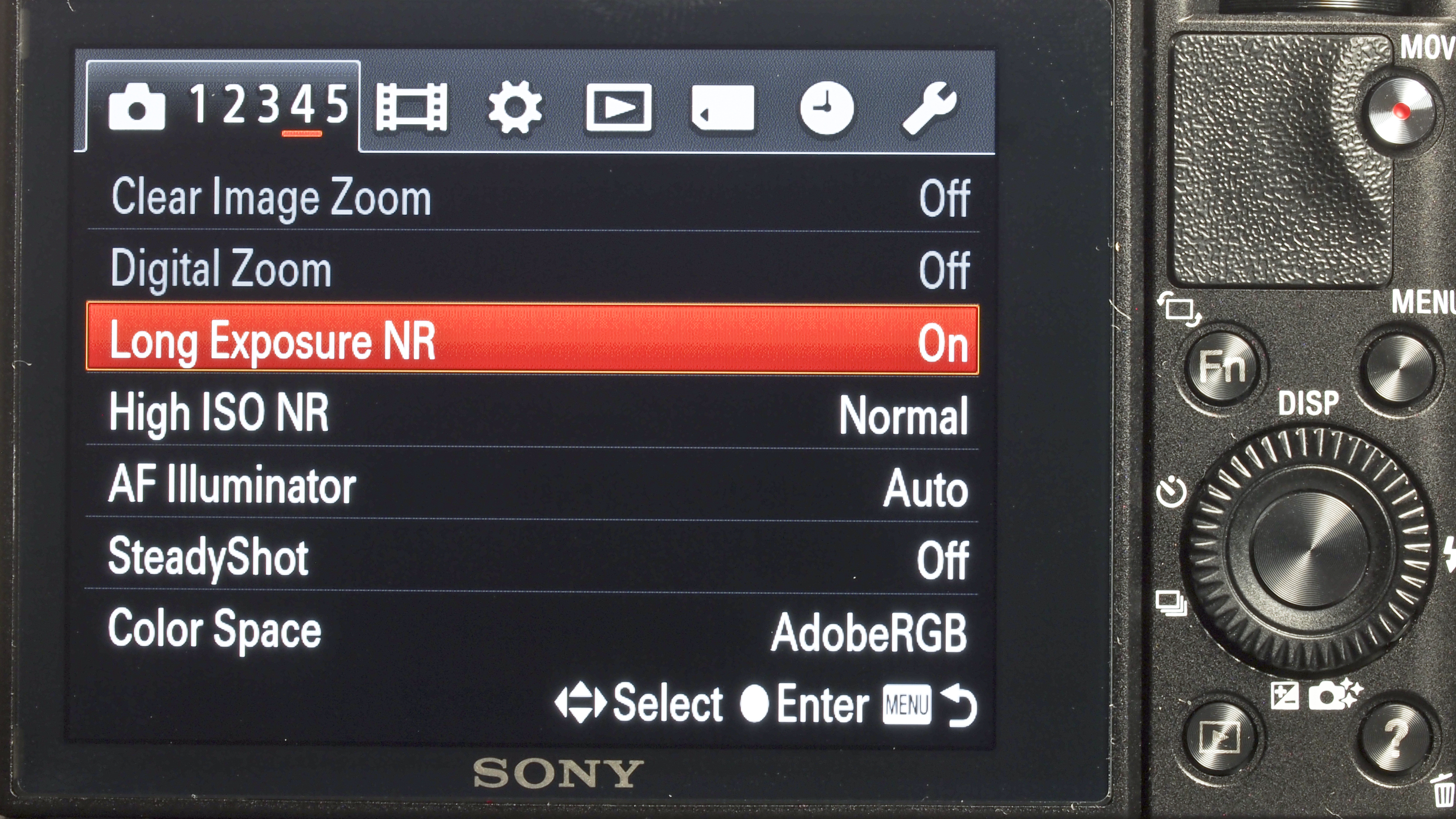
Although the lens only offers a relatively modest 3.6x optical zoom, this can be boosted by using Sony's Clear Zoom technology. A type of digital zoom, this works to keep the same resolution as the original image, even though it has been cropped in. As with the Clear Zoom function we've seen on other Sony cameras, this is an excellent way to get closer to the subject if you need to, particularly if you're travelling or on holiday, without suffering too much image loss.
Sony promised excellent low light performance, and we're pleased to say that it has really delivered with the RX100 Mark II. Images taken at high sensitivities are excellent, with detail maintained even at higher speeds such as ISO 1600 and ISO 3200.
Noise does creep in from the mid-range, but it is well-controlled and images are certainly useable at normal printing and web sizes. Of course, with an f/1.8 lens, you may find you don't need to use higher sensitivities on many occasions.
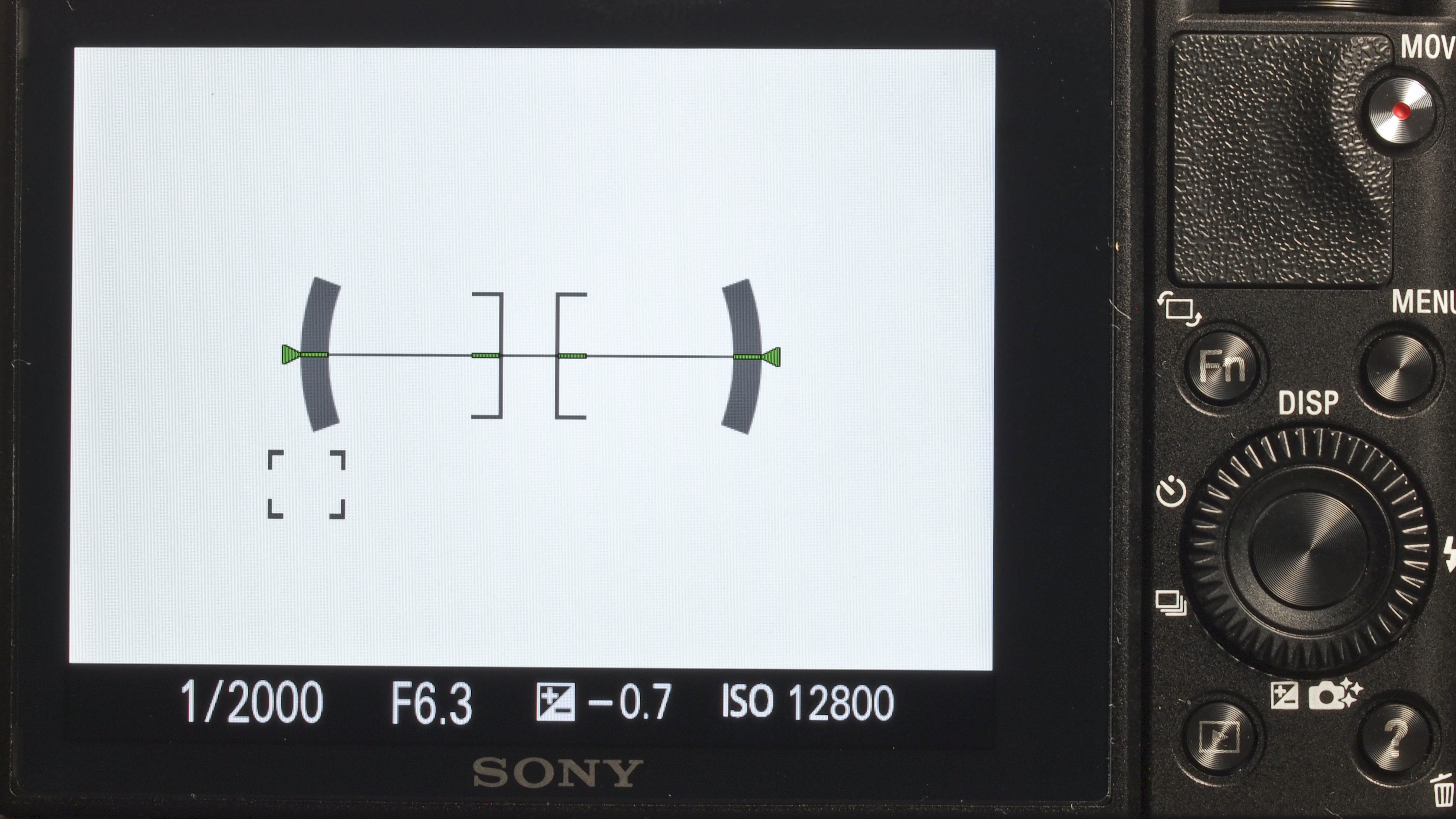
Autofocusing speeds on the original Sony RX100 were excellent, and continue to be so on the Sony RX100 Mark II. Even when the light level starts to drop, the autofocusing is very snappy. Macro focusing is available from as close as 5cm, and while the focusing here is a little slower, it's still good. It's nice to have such close focusing available on a camera with a larger sensor - others, notably the Canon G1 X (which admittedly does use a much larger sensor), can struggle with this.
Although primarily aimed at advanced users, the Sony RX100 Mark II does come with fully automatic options. This works well to produce well balanced images, leaving you free to worry about the composition. It does a good job of guessing the scene in front of it, and is a good way to get started with the camera.
Sony has included a huge range of digital filters on the RX100 II. Although there's nothing new here from the original RX100, it's still nice to have these available to experiment with. Although a lot of these will be down to personal preference, we're particularly keen on High Contrast Monochrome and Toy Camera. It's worth having a play around with them to see what you like.
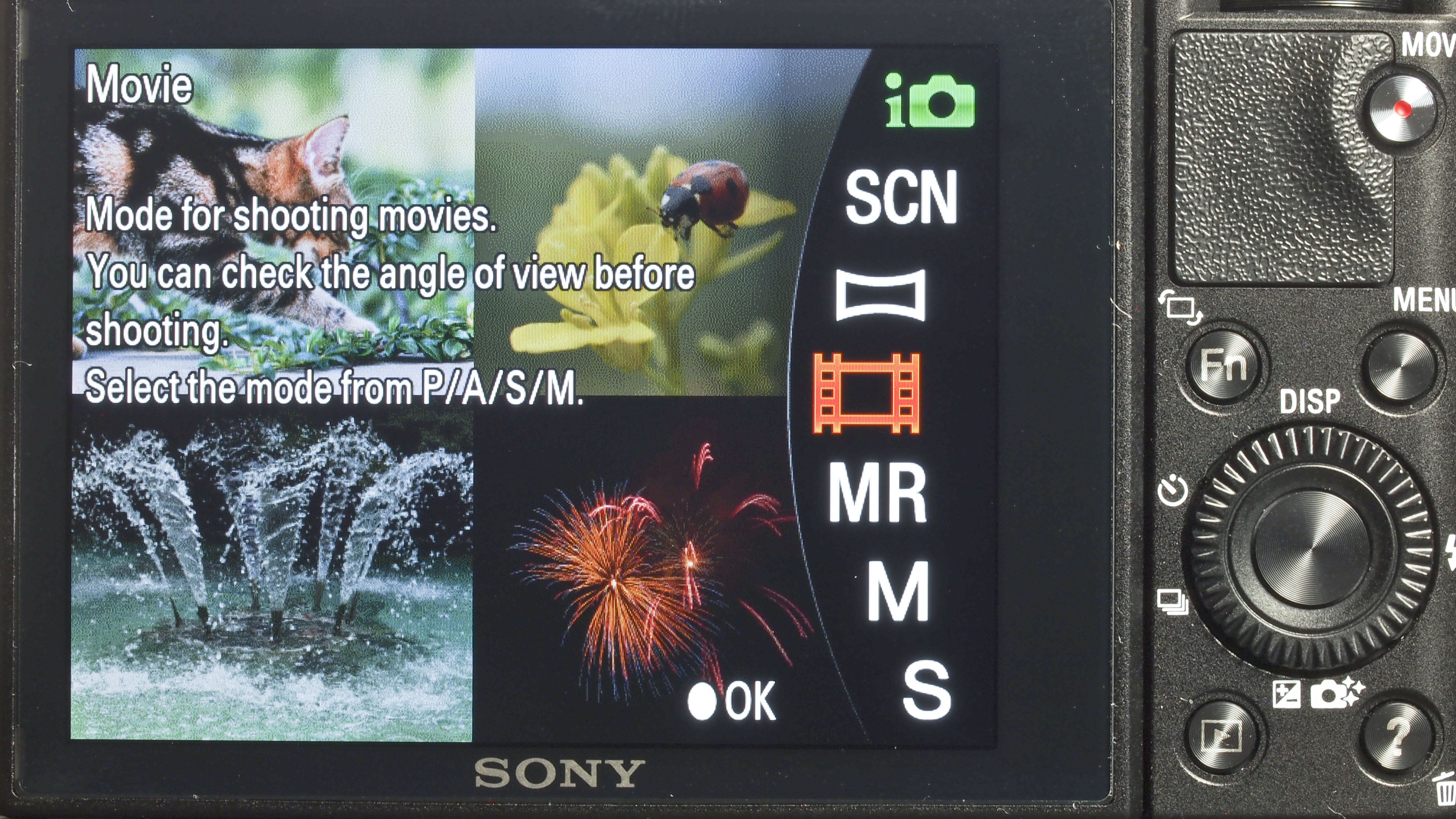
For slightly more flexibility, in terms of raw format shooting you could use one of the Picture Styles, such as Monochrome or Sunset. Shooting these in raw format means that you can keep a "clean" version of the image, should you need it later. Monochrome in particular is rendered very nicely.
Another fun feature is Sweep Panorama. This creates an ultra-wide angle of view by sweeping the camera across the scene. Detail is kept nicely, even when zooming into 100% on the panorama, while there's very little image smudging as the camera has been brought across the scene.
Sony's Sweep Panorama is easily one of the best applications of panorama mode currently on the market.
Current page: Performance
Prev Page Build quality and handling Next Page Image quality and resolutionAmy has been writing about cameras, photography and associated tech since 2009. Amy was once part of the photography testing team for Future Publishing working across TechRadar, Digital Camera, PhotoPlus, N Photo and Photography Week. For her photography, she has won awards and has been exhibited. She often partakes in unusual projects - including one intense year where she used a different camera every single day. Amy is currently the Features Editor at Amateur Photographer magazine, and in her increasingly little spare time works across a number of high-profile publications including Wired, Stuff, Digital Camera World, Expert Reviews, and just a little off-tangent, PetsRadar.
